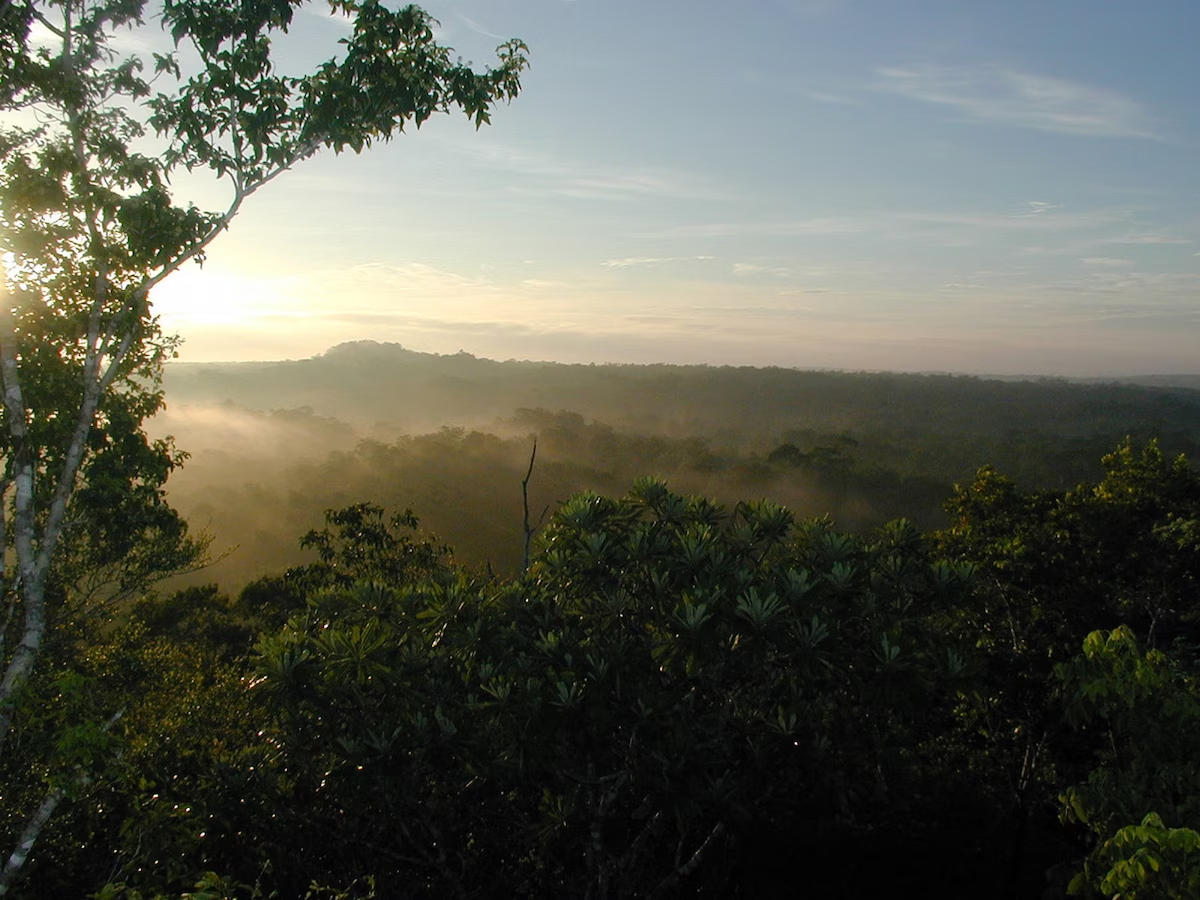Life
Scientists have mapped a network of ancient Mayan cities: it will change the history of mankind
In northern Guatemala, in an area densely covered by jungle, scientists have discovered a previously unknown network of Mayan cities. And this discovery may radically change the science of how the life of these people was organized.
About the discovery of archaeologists wrote the Washington Post. They managed to find an area of nearly 3,000 square kilometers 417 cities connected by almost 180 kilometers of "superhighways". Scientists have dated this system of settlements about 1000 BC.
According to the researchers, this extensive network of roads and cities, along with complex ceremonial complexes, hydraulic systems and agricultural infrastructure may indicate that the Mayan civilization was much more advanced than previously thought. By mapping the area using lidar technology - an advanced type of radar that detects objects hidden by dense vegetation and tree crowns - researchers have discovered what they say is evidence of a well-organized economic, political and social system that operated several millennia ago. The study of the area has been ongoing since 2015 and has yielded interesting results.
In particular, Richard Hansen, lead author of the study and affiliated professor of archaeology at the University of Idaho explained that earlier notions of the Maya's social structure may be completely false. Until now, it had been generally accepted that this people between the Middle to Late Preclassic period (from about 1000 B.C. to 250 A.D.) were hunter-gatherers "roving groups of nomads who planted corn." "We now know that the Preclassic period was a period of extreme complexity and architectural sophistication," said Hansen, who is also president of the Foundation for Anthropological and Environmental Research, which focuses on the study of Mayan history. The structures that these people erected during that period were among the largest in the world today.
According to Hansen, these findings in the jungle area of El Mirador "change the rules of the game" in understanding American history. Scientists were able to find artifacts that the Maya themselves in later periods were buried under later buildings, and then these structures were absorbed by the jungle. Scientists needed a serious upgrade in technology to find what was lost.
In principle, lidar, using millions of infrared laser pulses reflected from the ground, creates an essentially 3D image of structures hidden by the jungle. And where previously archaeologists had to manually sketch excavation sites, very accurate 3D maps based on detailed measurements can now be created.
Thus researchers were able to find ancient dams, reservoirs, pyramids and ball courts. El Mirador has long been considered the "cradle of Maya civilization," but evidence that a sophisticated society already existed around 1000 B.C. reveals an entire era that scientists had not even guessed about before.
Rick Chacon, professor of anthropology at Winthrop University in Rock Hill, South Carolina, explained that the findings shed light on how the ancient Mayans altered their environment. It may also broaden the understanding of how an increasingly complex society emerged. Chacon himself was not involved in the Guatemalan study, but he has become familiar with the results.
Meanwhile, a participant in the work, archaeologist Enrique Hernandez of the University of San Carlos in Guatemala City, argues that the new find, when fully discovered and analyzed, could become as important a marker in human history as the pyramids in Egypt. That said, the area along the Mexican-Guatemalan border where El Mirador is located is much more inaccessible. The jungle here is teeming with jaguars, cougars and snakes, and to get here you have to walk 65 kilometers or pay a lot for a helicopter flight. Only a few thousand tourists a year dare to make this journey. By comparison, the Egyptian pyramids are visited by more than 14 million tourists a year.
It is reported that among the multi-storey temples, buildings and roads, scientists for the first time managed to find the Blam Nal complex, one of the most important centers of pre-classical civilization. Its history is thought to be 1000, or even 2000 years older than the well-known and well-excavated Maya settlement of Chichen Itza on the Yucatan Peninsula in Mexico. It, in turn, according to modern dating, was erected in the early 400s AD.
Blam Nal had already been excavated in 2009, but, according to Hansen, "could not recognize the incredible elegance and size of the city, which immediately became apparent with lidar technology." Meanwhile, the complex is one of the largest in El Mirador and many roads diverge from it to smaller sites, indicating its administrative, economic and political importance in the Preclassic period.
Scientists are thinking about how to organize the cooperation of the Guatemalan government, archaeological organizations and local residents to turn El Mirador into an important tourist site. According to Hansen, a decision must be made whether it will be a national monument, the territory of returning modern Maya and other indigenous Guatemalans or a purely tourist destination.
OBOZREVATEL reported earlier about 500 hidden objects in the Mexican jungle, which allowed to establish the true age of the Mayan calendar - much older than previously thought.
Subscribe to OBOZREVATEL channels in Telegram and Viber to keep up with the latest events.




























